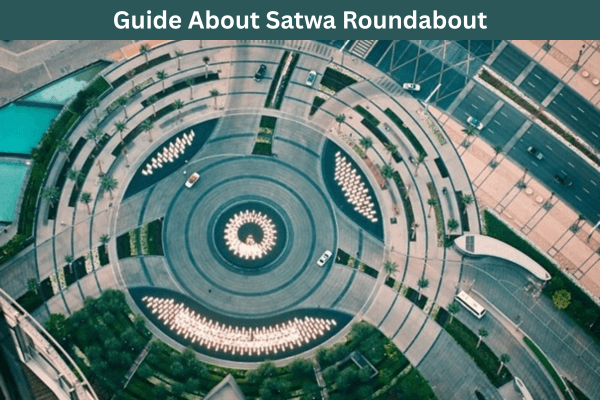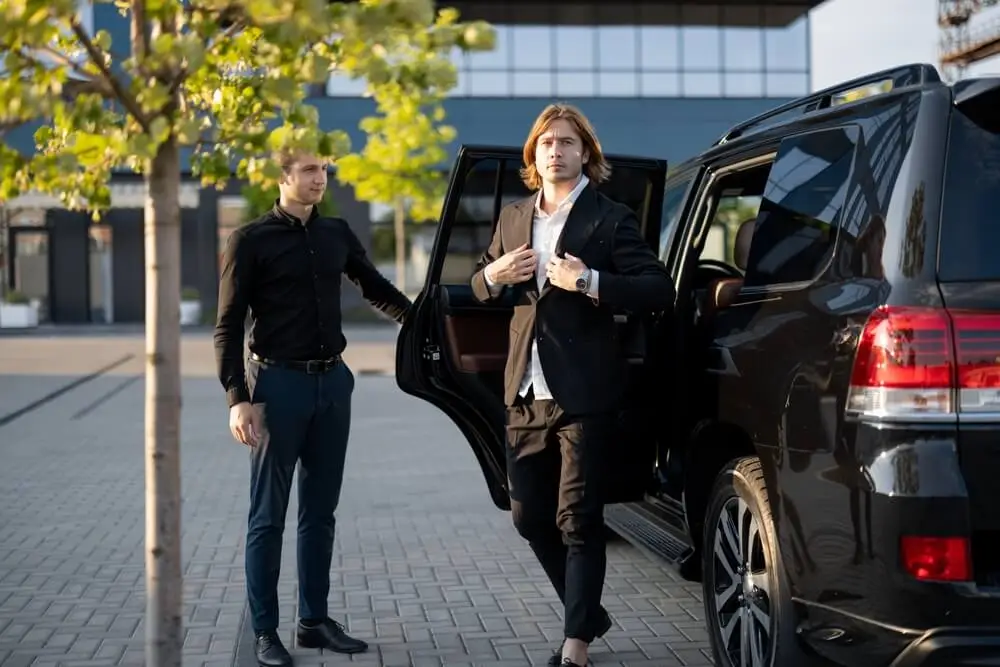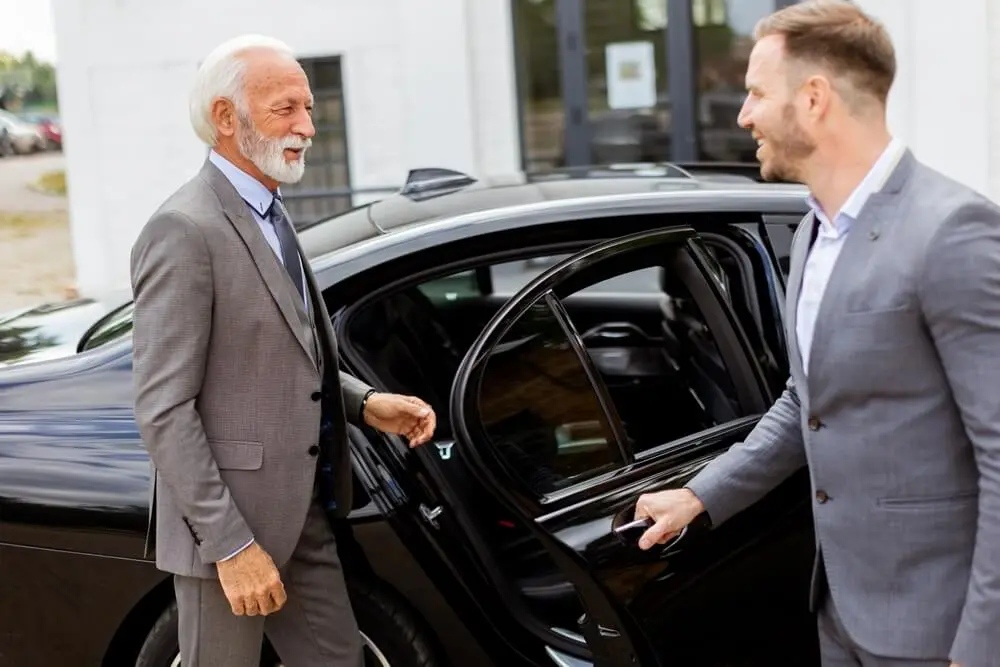Sheikh Mohammed Bin Zayed Road, commonly known as E311, is one of the most important highways in the United Arab Emirates. It plays a vital role in connecting major emirates and supporting the country economic, residential, and logistics growth. Previously known as Emirates Road, it was renamed in 2013 to honor his highness Sheikh Mohammed bin Zayed Al Nahyan, the current President of the UAE. This wide, multi-lane highway is a key part of Dubai’s infrastructure. It helps reduce traffic congestion, supports the development of new communities and improves travel between different emirates.
The Origin and Renaming of E311
E311 was originally known as Emirates Road. It was built in the early 2000s to ease traffic from the crowded Sheikh Zayed Road (E11). The new highway offered a wider more flexible route for both heavy trucks and daily commuters. As Dubai and nearby emirates grew, E311 became a vital link for new residential and industrial areas.
In 2013, it was renamed Sheikh Mohammed Bin Zayed Road to honor the UAE President’s role in leading the country’s progress and building a modern, connected infrastructure. If you travel along E311 often and want a stress-free commute, it’s helpful to learn how to hire a safe driver to ensure safety and comfort on this busy route.
Route and Strategic Location Across Emirates
- The road starts in New Al Falah, Abu Dhabi.
- It passes through Dubai, Sharjah, Ajman, Umm Al Quwain, and Ras Al Khaimah.
- It ends in the Al Rifah area.
- The road is about 200 km long.
- It is one of the longest highways in the UAE.
- It runs next to Sheikh Zayed Road (E11).
- This makes it a quieter and faster route.
- The road helps reduce traffic jams.
- It supports the growth of new homes and factories.
- It gives easy access to airports and free zones.
- Businesses use it for quick cargo and delivery.
- It is important for daily travel between emirates.
Advanced Infrastructure and Modern Design
Sheikh Mohammed Bin Zayed Road is built to high international standards. Some parts have up to 12 lanes, with six lanes in each direction. This helps manage the heavy traffic that occurs every day. The road is equipped with bright lighting, clear signs and strong safety barriers.
Its wide design allows both trucks and cars to travel smoothly even during rush hour. Major junctions include flyovers and cloverleaf ramps making it easy to change directions. In city areas pedestrian bridges help people cross safely without walking through traffic.
Residential Growth Around Sheikh Mohammed Bin Zayed Road
Sheikh Mohammed Bin Zayed Road has helped many new neighbourhoods grow. It connects quiet, family-friendly areas with the rest of the city. These communities offer affordable homes and a better quality of life. They are ideal for individuals who work in the city but desire more space and tranquillity at home.
Places like Dubai Silicon Oasis, Al Warqaa, Al Khawaneej, Mirdif, and The Villa have proliferated because they are located near the E311. These areas offer different types of homes, such as apartments, villas, and townhouses. People living here also enjoy easy access to schools, hospitals, and shopping centres.
Popular Communities and Living Standards
Many popular neighbourhoods sit near Sheikh Mohammed Bin Zayed Road. These include Dubai Silicon Oasis, Town Square, Jumeirah Village Triangle, The Villa, and Al Furjan. Each one offers a different lifestyle. Some focus on technology. Others are built for quiet family life.
All of them have key services nearby, such as shops, gyms, parks, schools, and clinics. Over time, these areas have become better places to live. Today, they are excellent options for both local families and expats seeking comfort, space, and smart property choices.
Landmark Projects and Infrastructure Developments
- The Dubai government and RTA have upgraded Sheikh Mohammed Bin Zayed Road in recent years.
- One major project is the Garn Al Sabkha Interchange.
- It added four new bridges, covering 2.9 kilometers.
- The upgrade increased road capacity to handle over 17,000 vehicles per hour.
- It also reduced travel time between Deira, Sheikh Zayed Road, and E311.
- Another key upgrade is Exit 55 on Al Rebat Street.
- This project boosted traffic flow by 50%.
- It improved connections between Rashidiya and Dubai Festival City.
Connectivity with Jumeirah Golf Estates
A new smart bridge now links Jumeirah Golf Estates to Sheikh Mohammed Bin Zayed Road. The bridge is 666 meters long. It provides residents and visitors with a faster and easier route. Travel time to Dubai Production City and its surrounding areas is now significantly shorter. This project is part of the Dubai 2040 Urban Master Plan. The plan focuses on better roads, smart travel and a more connected, future-ready city.
Traffic Patterns and Commuting Experience
For many people, Sheikh Mohammed Bin Zayed Road is part of their daily routine. It carries thousands of commuters between Dubai and northern emirates like Sharjah and Ajman. The road has a top speed limit of 140 km/h, the highest in the UAE. However, the two left lanes are limited to 120 km/h for light vehicles.
Although the highway is broad, traffic can still build up during rush hours, especially near the Sharjah-Dubai border. Still, its smart design and large capacity often make travel faster than on Sheikh Zayed Road—especially for long-distance drivers and freight transport.
To better understand the speed regulations, see the table below:
|
Lane Type |
Speed Limit (km/h) |
| Main Road (Max) | 140 |
| Left Two Lanes | 120 (For light vehicles) |
| Heavy Vehicles | Standard Speed Limit Applies |
Safety and Driving Regulations
Emergency lay-bys and fast-response rescue teams are in place to handle incidents quickly. With these improvements E311 is now known as one of the safest highways in the UAE. For travelers and commuters, understanding the benefits of renting a car can make journeys on E311 even more convenient and comfortable.
Environmental and Sustainable Initiatives
- Sheikh Mohammed Bin Zayed Road is part of Dubai’s plan for a greener future.
- Several eco-friendly upgrades have been added along the route.
- These include LED streetlights to save energy.
- Strong drainage systems help prevent flooding.
- Landscaped medians with green plants improve appearance and air quality.
- Sound barriers reduce traffic noise for nearby residents.
- These features make the road safer, cleaner, and more comfortable to use.
- They also help cut pollution and improve daily life in nearby areas.
- As Dubai continues to grow, smart and sustainable planning is more crucial than ever.
- E311 is a good example of how roads can support both progress and the environment.
Economic Contributions and Commercial Use
Sheikh Mohammed Bin Zayed Road is more than just a route for daily travel. It plays a big role in the UAE’s business and logistics network. The highway supports major industries like shipping, warehousing and retail delivery. Areas such as Dubai South, Dubai Investments Park, and Motor City rely on E311 to move goods quickly between emirates.
It also connects businesses to ports and airports across the country. Service and emergency vehicles use the road for fast, direct access. This helps both private companies and government services work more efficiently.
Comparing E311 with Sheikh Zayed Road (E11)
Sheikh Mohammed Bin Zayed Road (E311) and Sheikh Zayed Road (E11) serve different purposes. E11 focuses on downtown access and is known for business centres and tourist areas. In contrast, E311 supports logistics, commuting, and city expansion. Sheikh Zayed Road is longer—approximately 558 kilometres—and is famous for its tall buildings and luxury properties.
E311 is around 200 kilometres long and connects more residential and industrial zones. Traffic on the E311 is usually moderate, but becomes heavy during peak hours. On E11, traffic is often slow all day, especially in central areas.
The differences between these two critical highways are shown below:
| Feature | Sheikh Mohammed Bin Zayed Road (E311) | Sheikh Zayed Road (E11) |
| Total Length | ~200 km | ~558 km |
| Primary Traffic Type | Commercial, Inter-emirate | Corporate, Urban Tourism |
| Congestion Level | Medium (Peak hours only) | High (All-day congestion) |
| Maximum Speed Limit | Up to 140 km/h | Up to 120 km/h |
| Function | Logistics, Residential Expansion | Downtown Business Access |
Travel Tips for Drivers Using E311
If you’re driving on Sheikh Mohammed Bin Zayed Road, try to avoid peak hours. The busiest times are typically between 7:00 AM and 9:00 AM and 5:00 PM and 8:00 PM. Use apps like Google Maps, RTA Smart Drive or Waze to check live traffic updates before you leave.
Make sure to fuel up in advance, especially if you’re going on a long drive—some stretches of the road have few petrol stations. Always follow the speed limits and watch for signs about road work or lane closures. This will help you travel safely and avoid delays.
Future Expansion and Smart Mobility
Sheikh Mohammed Bin Zayed Road is set for more improvements in the coming years. Dubai’s future plans include smart traffic systems, real-time vehicle tracking and possibly the addition of metro or tram lines along the route. These upgrades will help traffic flow more efficiently, reduce accidents and support Dubai’s goal of becoming a smart, connected city.
As more housing projects are built near E311, the road will become even more important. It will help manage population growth and keep the Emirates well-connected for future generations.
Conclusion
Sheikh Mohammed Bin Zayed Road is much more than just a highway. It represents the UAE vision for smart growth, modern infrastructure and connected communities. E311 makes travel between cities easier, supports the movement of goods, and helps new neighbourhoods grow.
It also improves daily commutes for thousands of people. For commuters, investors and business owners, this road demonstrates the importance of planning and connectivity to Dubai’s future. It reflects a country moving toward better mobility, cleaner living, and smarter cities.
Must visit:






